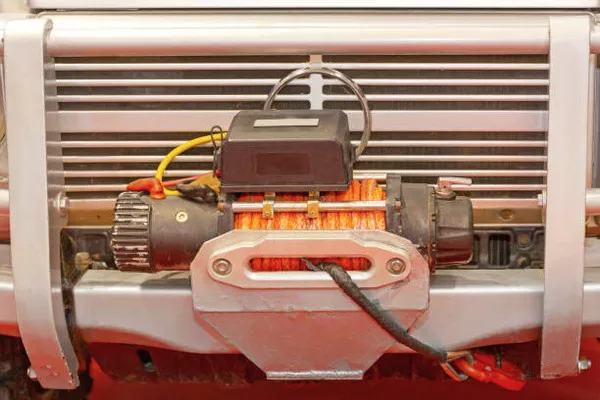As the allure of the open road beckons, RV enthusiasts understand the importance of a reliable power source to ensure comfort and convenience during their travels. One critical component of an RV’s comfort system is the air conditioner, especially during hot summer days. With the increasing popularity of compact and portable generators, a common question arises: Can a 2200-watt generator effectively power an RV air conditioner? In this article, we delve into the intricacies of power requirements, generator capabilities, and tips to optimize your RV’s cooling system.
Understanding Power Requirements
Before determining whether a 2200-watt generator can run your RV air conditioner, it’s crucial to understand the power requirements of your specific air conditioning unit. RV air conditioners typically range in power consumption, but a common benchmark for many is around 13,500 BTUs. The power consumption is measured in watts, and for a 13,500 BTU air conditioner, it can require approximately 1500 to 2000 watts to start and around 1000 to 1500 watts to run continuously.
Generator Capacity: The Basics
A 2200-watt generator, also known as a 2.2-kilowatt generator, has a rated power output of 2200 watts. While this may seem sufficient for some smaller appliances or electronic devices, running an air conditioner poses a unique challenge due to the initial surge of power required during startup, commonly referred to as the starting or surge wattage.
Most generators are equipped with both rated and surge wattage specifications. The rated wattage is the continuous power output the generator can sustain, while the surge wattage represents the brief additional power available for starting high-demand devices. For a 2200-watt generator, the surge wattage may be around 2500 watts, which is a critical factor in determining its compatibility with an RV air conditioner.
Starting Wattage and RV Air Conditioners
RV air conditioners have a higher starting wattage compared to their running wattage. During startup, the compressor in the air conditioner requires a surge of power to kick in. This surge can be two to three times higher than the running wattage, depending on the specific model and make of the air conditioner.
For a 13,500 BTU RV air conditioner, the starting wattage can be in the range of 1500 to 2000 watts. This means that even though the continuous running wattage might fall within the capacity of a 2200-watt generator, the starting wattage could potentially exceed its capabilities.
Real-World Scenarios: Practical Considerations
In practical terms, a 2200-watt generator can indeed run many 13,500 BTU RV air conditioners, but certain conditions should be considered. First and foremost, it’s essential to ensure that the generator has sufficient surge wattage to accommodate the air conditioner’s startup requirements.
Additionally, other factors come into play, such as the efficiency of the air conditioner, the altitude at which you are camping, and the overall load on the generator from other appliances. Higher altitudes can reduce the generator’s power output, and running additional appliances simultaneously may limit the available power for the air conditioner.
Tips for Optimizing Generator Performance
To maximize the efficiency and performance of a 2200-watt generator when running your RV air conditioner, consider the following tips:
Invest in a Soft Start Kit: A soft start kit can reduce the initial power surge required during the air conditioner’s startup, making it easier for a smaller generator to handle.
Monitor Additional Loads: Be mindful of other appliances running on the generator simultaneously. Turn off unnecessary devices to free up more power for the air conditioner.
Operate in Cooler Temperatures: Using the air conditioner during cooler parts of the day or night can reduce the overall workload on the generator.
Regular Maintenance: Ensure your generator is well-maintained, with clean air filters and proper oil levels, to optimize its performance.
See Also Which Is The Best Generator To Buy? A Comprehensive Guide
Conclusion
In conclusion, a 2200-watt generator can run many 13,500 BTU RV air conditioners, but it’s essential to consider both the running and starting wattage requirements of your specific air conditioning unit. Additionally, factors such as altitude, additional loads on the generator, and the use of soft start kits can influence the overall performance.
Before embarking on your RV adventure, it’s advisable to check the specifications of your air conditioner, understand the capabilities of your generator, and implement best practices for efficient power management. With careful consideration and proper planning, you can enjoy a cool and comfortable journey on the road, powered by your trusty generator.

